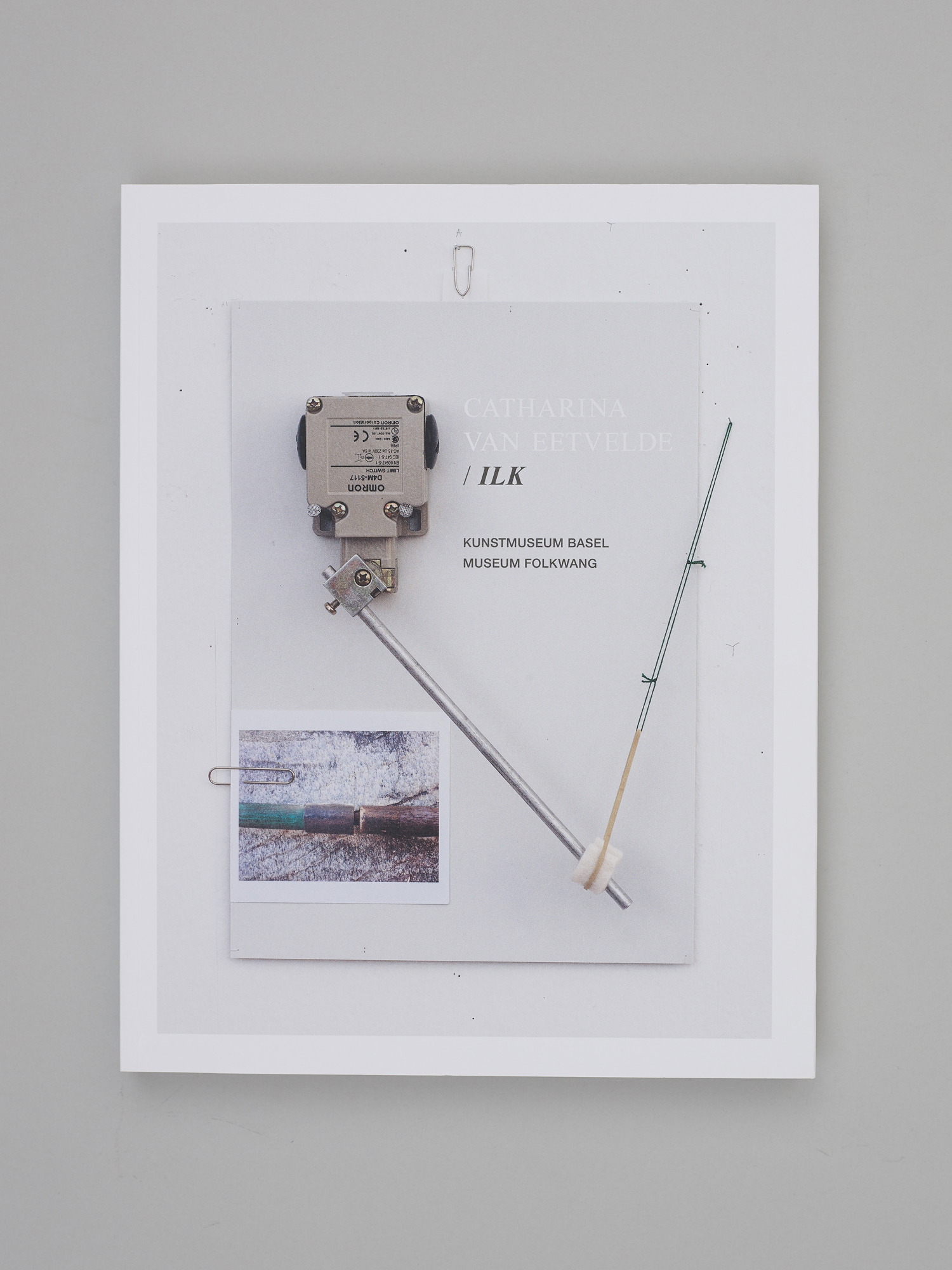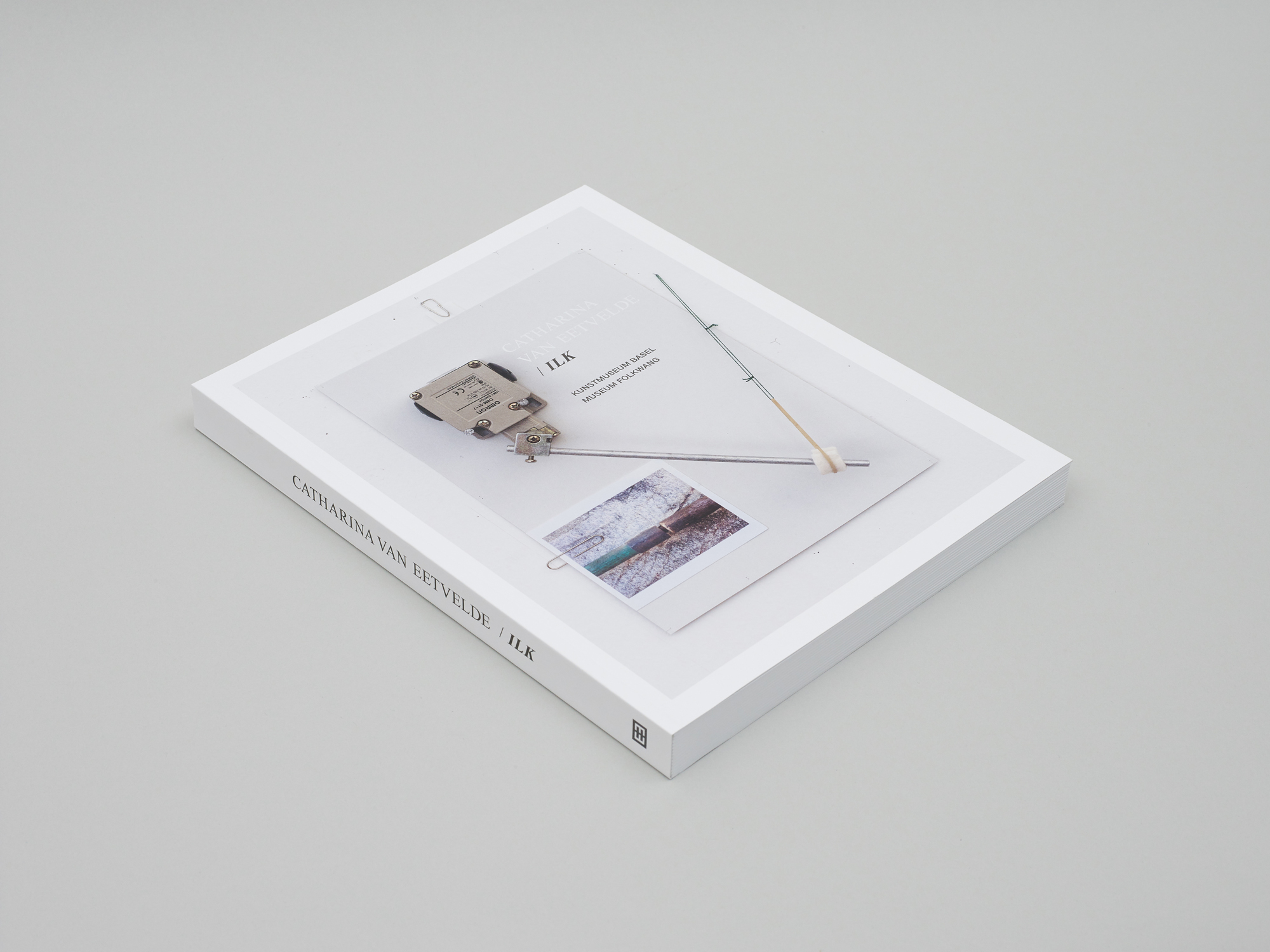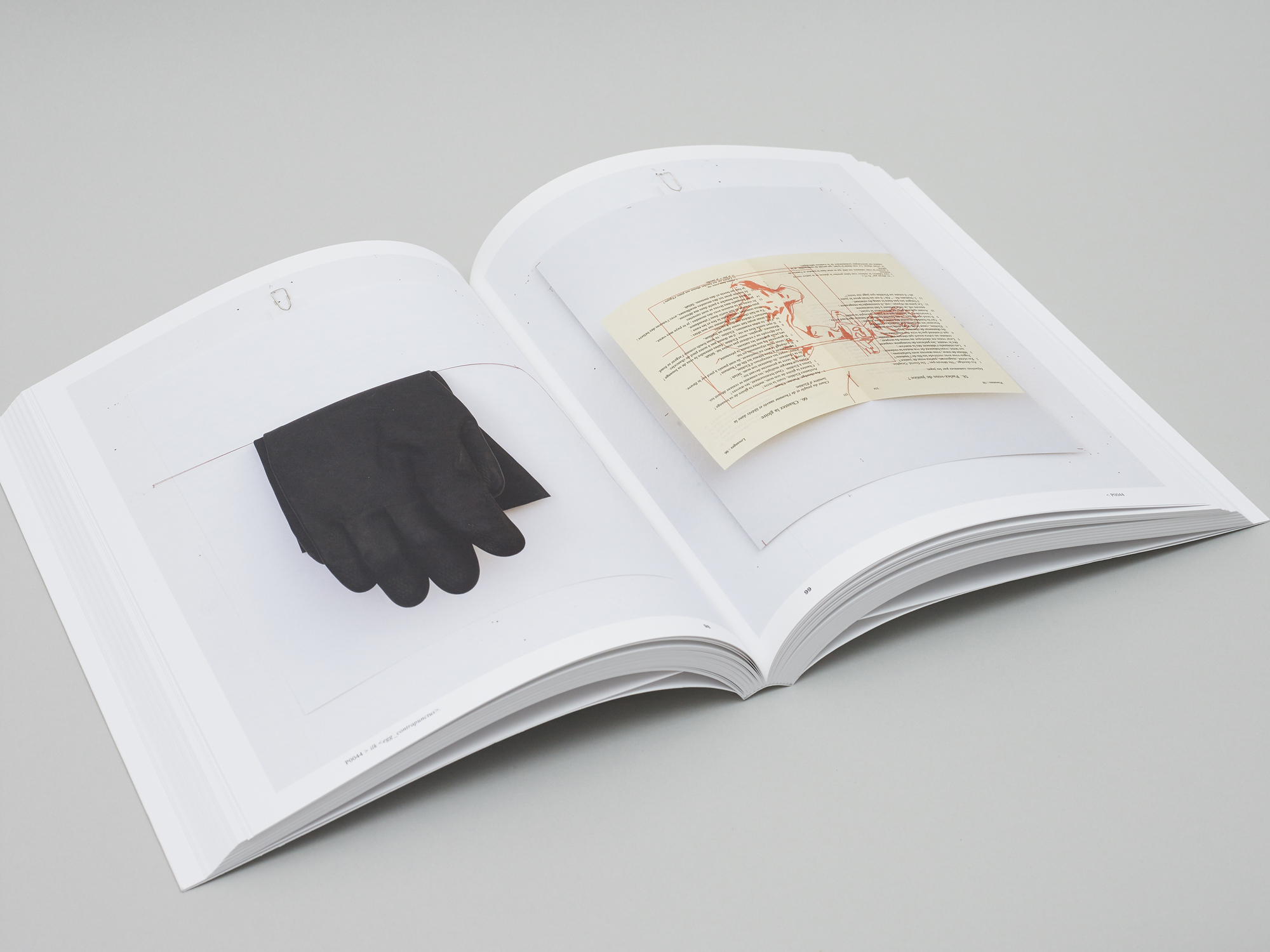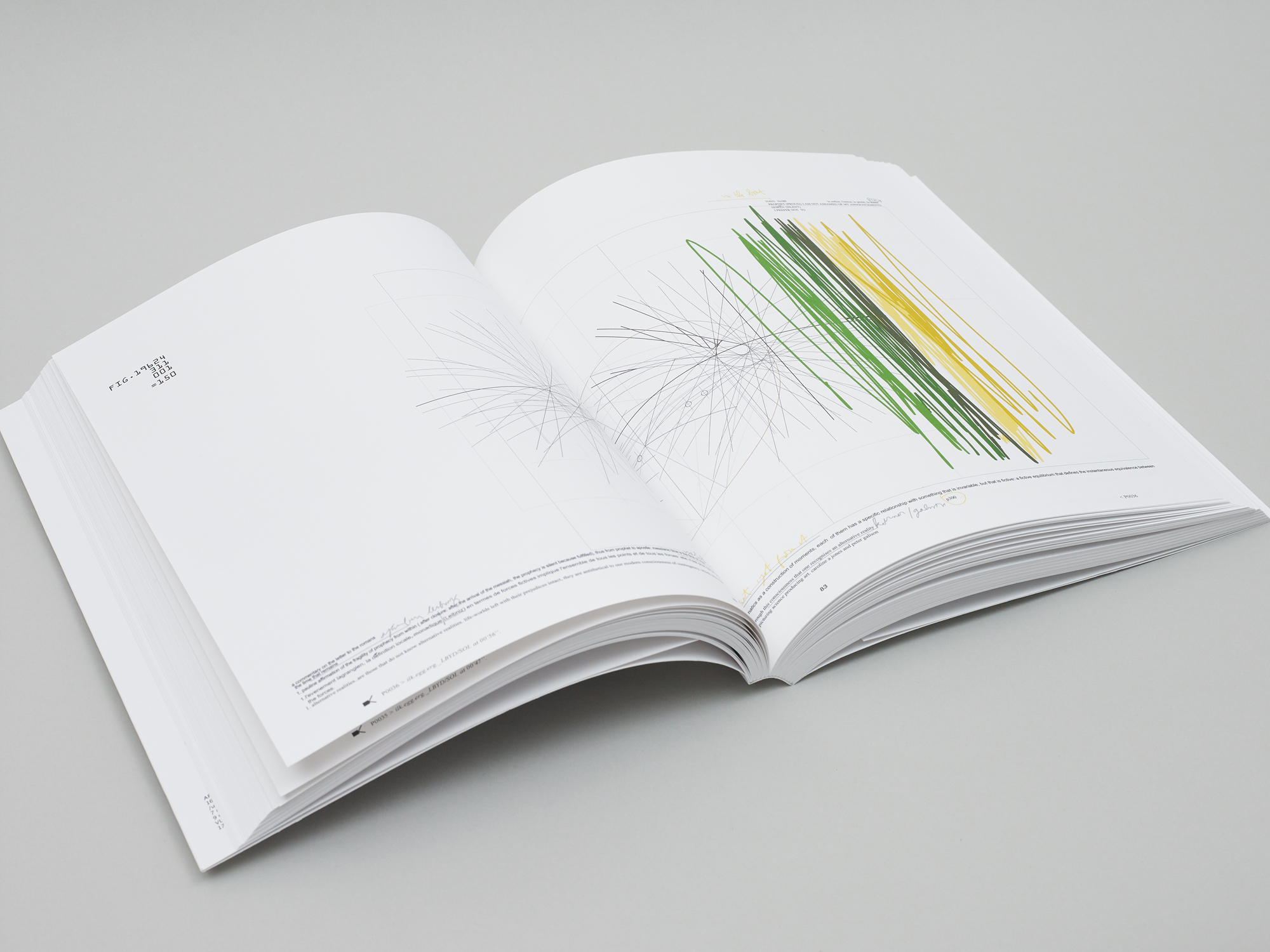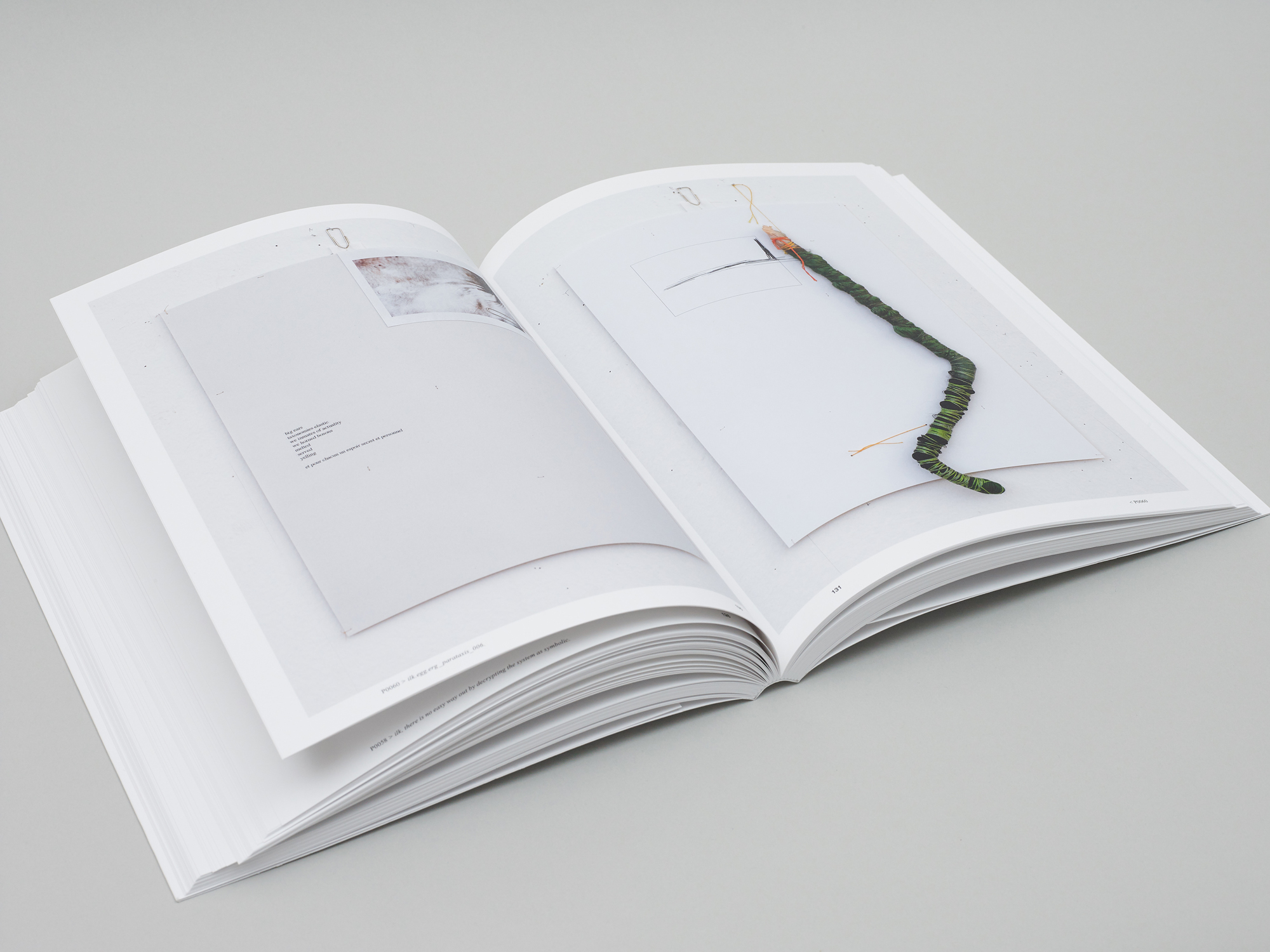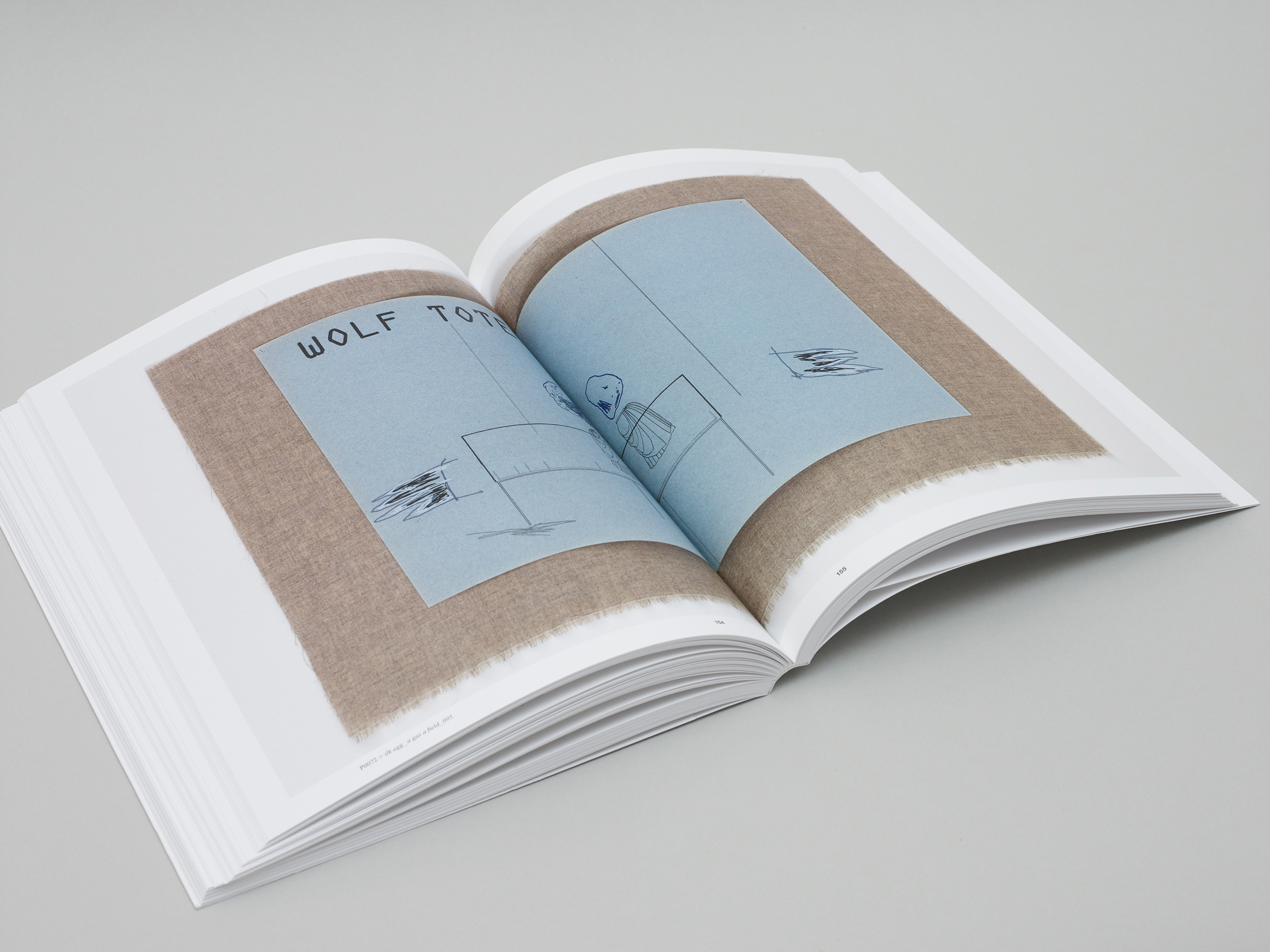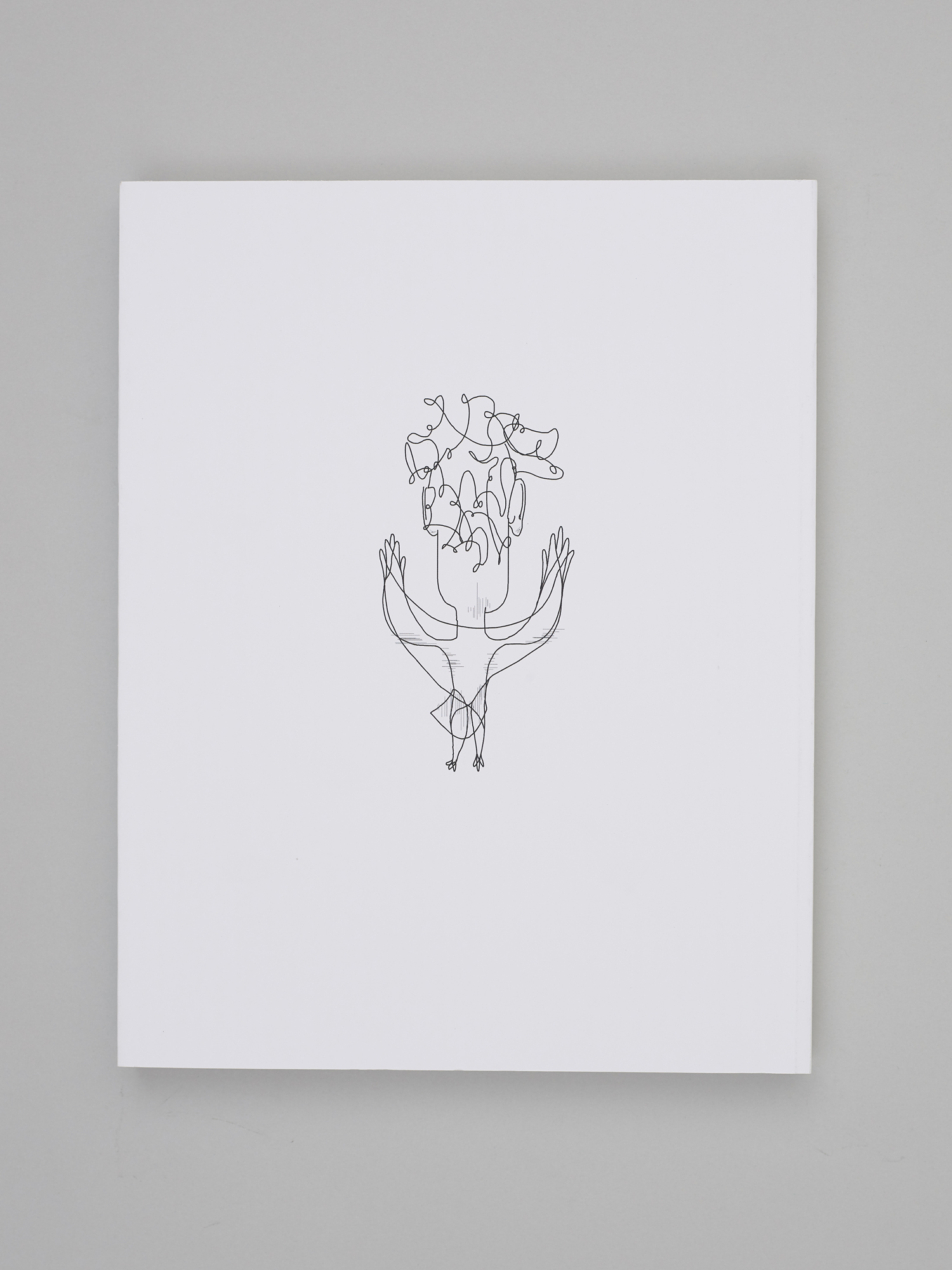
Paintings 2006-2010
September 13, 2018
Nose Peak
December 12, 2018ILK
€35,00
Year: 2017
Dimensions: 22 x 28 x 2 cm
Pages: 224
Language: German / English
Material: Softcover
Since 2004, Catharina van Eetvelde (b. 1967, Ghent) has been developing an exceptional and pathbreaking stance on drawing. For the artist—who now resides in Paris—drawing has always constituted the foundation of her work, but she does not understand drawing as an activity bound exclusively by the medium of paper. Rather, drawing is the way in which she relates to the world, and in particular to the natural sciences. Using an approach that is downright anthropological, the artist analyses and investigates how the natural sciences shape our lives and our conceptions. Against the seemingly unimpeachable authority of science, van Eetvelde sets her art—a chaotic system that cannot be predicted or steered. After she began to engage with the catastrophe at Fukushima as part of an interdisciplinary project in 2011, the concept of material became of central importance. Since that time, she has frequently developed her drawings and collages into entire assemblages out of the most varied material. What lies behind this is the question of the connection between all things and all living beings. She designates this similarity with the Old English term ilk, which provided the title for this exhibition.
Catharina van Eetvelde draws in full awareness of the fragility of her works. She does not produce works for eternity, even when she handles the material with extreme care. Rather, her drawings on paper and collages are very delicate works. The data comprising her vector-based drawings and animations are equally limited in lifespan, since their readability depends on computer software. The artist creates lines in all their imaginable forms: as traces that she leaves on the paper; as words embroidered with thread on paper or felt; as linear arrangements of material in space; or as ghostly “digital” lines that briefly appear on a screen as animation and disappear again. All these drawings make visible a process of experimentation, which goes hand in hand with the mobility of the artist’s standpoint.
| Weight | 1100 g |
|---|---|
| Dimensions | 22 x 28 x 2 cm |
Since 2004, Catharina van Eetvelde (b. 1967, Ghent) has been developing an exceptional and pathbreaking stance on drawing. For the artist—who now resides in Paris—drawing has always constituted the foundation of her work, but she does not understand drawing as an activity bound exclusively by the medium of paper. Rather, drawing is the way in which she relates to the world, and in particular to the natural sciences. Using an approach that is downright anthropological, the artist analyses and investigates how the natural sciences shape our lives and our conceptions. Against the seemingly unimpeachable authority of science, van Eetvelde sets her art—a chaotic system that cannot be predicted or steered. After she began to engage with the catastrophe at Fukushima as part of an interdisciplinary project in 2011, the concept of material became of central importance. Since that time, she has frequently developed her drawings and collages into entire assemblages out of the most varied material. What lies behind this is the question of the connection between all things and all living beings. She designates this similarity with the Old English term ilk, which provided the title for this exhibition.
Catharina van Eetvelde draws in full awareness of the fragility of her works. She does not produce works for eternity, even when she handles the material with extreme care. Rather, her drawings on paper and collages are very delicate works. The data comprising her vector-based drawings and animations are equally limited in lifespan, since their readability depends on computer software. The artist creates lines in all their imaginable forms: as traces that she leaves on the paper; as words embroidered with thread on paper or felt; as linear arrangements of material in space; or as ghostly “digital” lines that briefly appear on a screen as animation and disappear again. All these drawings make visible a process of experimentation, which goes hand in hand with the mobility of the artist’s standpoint.
ILK
€35,00
Year: 2017
Dimensions: 22 x 28 x 2 cm
Pages: 224
Language: German / English
Material: Softcover
Since 2004, Catharina van Eetvelde (b. 1967, Ghent) has been developing an exceptional and pathbreaking stance on drawing. For the artist—who now resides in Paris—drawing has always constituted the foundation of her work, but she does not understand drawing as an activity bound exclusively by the medium of paper. Rather, drawing is the way in which she relates to the world, and in particular to the natural sciences. Using an approach that is downright anthropological, the artist analyses and investigates how the natural sciences shape our lives and our conceptions. Against the seemingly unimpeachable authority of science, van Eetvelde sets her art—a chaotic system that cannot be predicted or steered. After she began to engage with the catastrophe at Fukushima as part of an interdisciplinary project in 2011, the concept of material became of central importance. Since that time, she has frequently developed her drawings and collages into entire assemblages out of the most varied material. What lies behind this is the question of the connection between all things and all living beings. She designates this similarity with the Old English term ilk, which provided the title for this exhibition.
Catharina van Eetvelde draws in full awareness of the fragility of her works. She does not produce works for eternity, even when she handles the material with extreme care. Rather, her drawings on paper and collages are very delicate works. The data comprising her vector-based drawings and animations are equally limited in lifespan, since their readability depends on computer software. The artist creates lines in all their imaginable forms: as traces that she leaves on the paper; as words embroidered with thread on paper or felt; as linear arrangements of material in space; or as ghostly “digital” lines that briefly appear on a screen as animation and disappear again. All these drawings make visible a process of experimentation, which goes hand in hand with the mobility of the artist’s standpoint.
| Weight | 1100 g |
|---|---|
| Dimensions | 22 x 28 x 2 cm |
